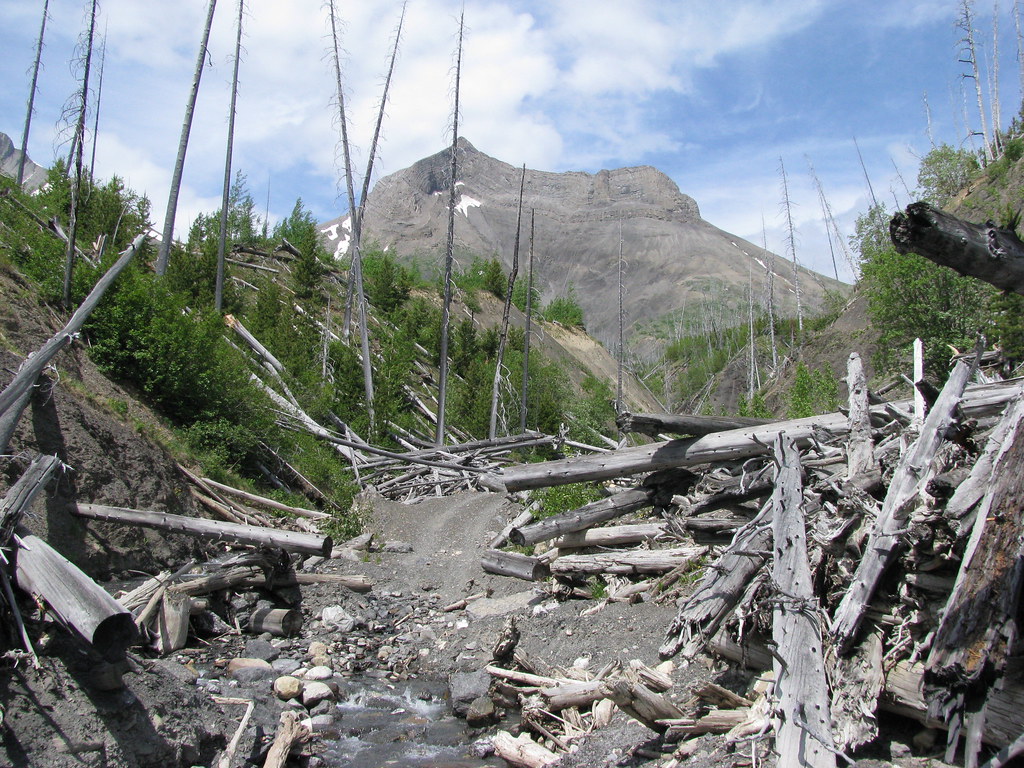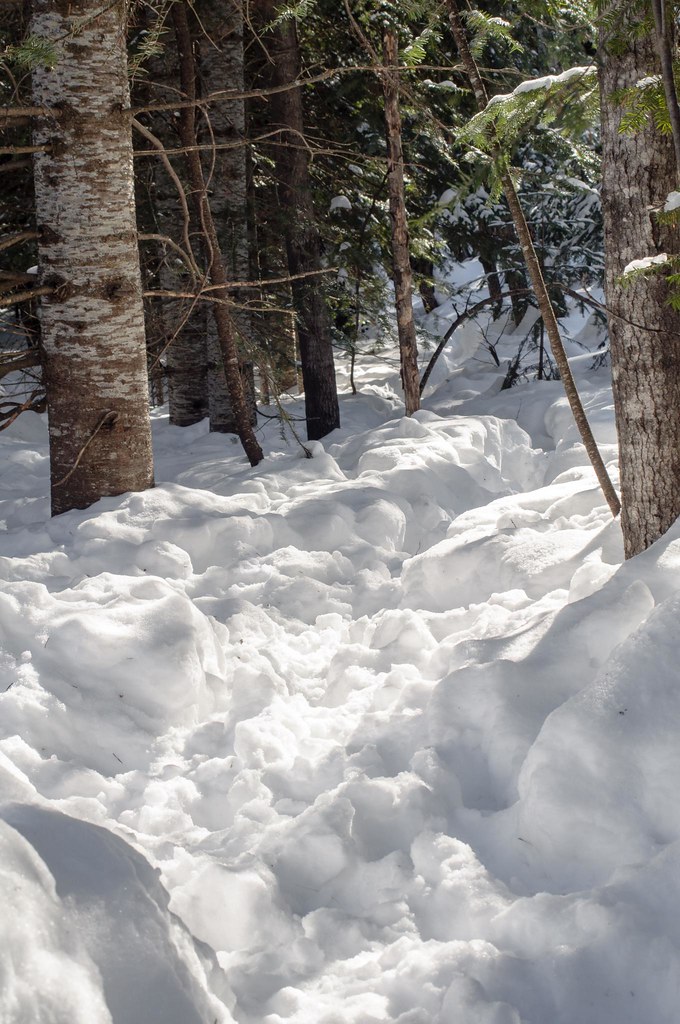At the end of the season, the leading two point-earning groups in each region qualify to send out a total team to the CNFR. Professional athletes from each of the 11 regions contend throughout the season for these specific and group points. Specific points are granted for putting 6th-place or greater in each particular event.
Professional athletes from each of the 11 regions contend throughout the season for these specific and group points. Specific points are granted for putting 6th-place or greater in each particular event.
At the CNFR, no season points are rollovered to figure out team and nationwide titles. Rather, all nationwide titles are identified through points made at the CNFR. To find out more on the CNFR, please visit cnfr.com.
The idea of the San Angelo Stock Show & Rodeo was first thought up by J. Culberson "Cub" Offer, who was serving as the chosen manager of the San Angelo Board of City Advancement (Chamber of Commerce). Deal believed San Angelo would benefit more from a spring stock show than a reasonable, and called a meeting with Claude A.
Lee, J. Willis Johnson, Jr., D.T. Jones and County Representative W.I. Marschall. If you have any sort of inquiries relating to where and the best ways to make use of weblink, you could contact us at the web-site. The group was devoted to the promo of better breeding, and the fattening and ending up of livestock, on West Texas ranches and farms. The group chose the significant function would be participation from the 4-H Club Boys and Vocational Agriculture Trainees in the area.
In the first show, 15 Texas counties were represented and auctions totaled approximately $10,000. In 1934, the event relocated to the fairgrounds, due to improvements to facilities and a speculative "child" rodeo was staged for home entertainment. During this year's occasion, 21 counties were represented, 1200 head of livestock were displayed and auctions netted $12,500.
The rodeo altered to an expert rodeo in 1955 and a men's breeding sheep department was added. In 1943, the Fat Stock Program and Rodeo was cancelled due to a fire that ruined the bulk of the centers, as well as a demand from the federal government for all programs, consisting of rodeos be cut.
All things were back up and running in 1944, however only for a short time as the rodeo was cancelled in 1945, the stock show was still held. By 1946, things were back in full swing and continued to this day. The Stock Show and Rodeo Board considered the possibility of including a fall roping occasion in May of 1954.
The first one was held in 1954. Ultimately the event would turn into what is now referred to as the "Roping Fiesta" and consisted of occasions such as a Match calf Roping, Calf Roping, Team Roping, and Steer Wrestling. Following the 1956 show, the Stock Program and Rodeo Board notified the city they were ended up with the event, if the city could not offer much better fairgrounds, as the facilities remained in a desperate state after a tornado and basic degeneration.
Ultimately the event would turn into what is now referred to as the "Roping Fiesta" and consisted of occasions such as a Match calf Roping, Calf Roping, Team Roping, and Steer Wrestling. Following the 1956 show, the Stock Program and Rodeo Board notified the city they were ended up with the event, if the city could not offer much better fairgrounds, as the facilities remained in a desperate state after a tornado and basic degeneration.
The San Angelo Coliseum was finished in 1959, and unique home entertainment was brought in for the yearly events. For many years some of the skill included Rin Tin Tin (1959 ), Johnny Ringo (1960 ), Doc 'n Festus from Gunsmoke (1965 ), Barbara Mandrell and Johnny Rodriguez (1977 ), and Moe Bandy and Reba McEntire (1980 ).
Melba Cox and Cynthia Wittenburg consisting of departments such as a flower program and needlework. The departments continued to grow in classes depending upon what was popular, including a cooking department, clothing, and pastimes and crafts. Over the years, numerous improvements and restorations were made to the centers on the fairgrounds.
Through this sales tax, the City of San Angelo was able to refurbished the Wells Fargo Structure, build the 1stCommunity Cooperative credit union Spur Arena in 2002 and Animals Structure # 1 (Cattle Barn) and Animals Structure # 2 (Sheep, Goat and Pig Barn) in 2005. The City is presently in the procedure of completing an Animals Building # 3, through these funds as well.
The Association likewise hosts a variety of occasions all year as these facilities are available to rent year round. This provides an excellent opportunity to continue to attract visitors from other locations into San Angelo and help drive the regional economy.
I will always remember the first time I saw Sonny Look. My family went to Look's Sir-Loin Home to celebrate an unique occasion in 1960, a time prior to consuming out prevailed or Houston had actually ended up being a national restaurant capitol. Not long after the person hosting seated us, a male approached our table, an epic kind [].
History The name comes from in the Spanish verb rodear, "to walk around," or the Latin verb rotare, "to turn. Rodeo suggests roundup, or the gathering of livestock (usually livestock or horses) to be counted, inspected and branded; as a sport it refers to the public spectacle in which the vibrant elements of a roundup exist as a cowboy competition: bronc riding, bull riding, guide wrestling, calf and steer roping (with more recent additions such as barrel racing, chuckwagon racing and wild-cow milking), as seen in such annual events as the Calgary Stampede.
Rodeo in N America owes its origin to a range of historical traditions and home entertainment forms. In the 16th century, vaqueros, Mexican ranchers, utilized la reata (rope), outfitted themselves in chaperajos (leggings) and tended durable Spanish livestock from the backs of wiry N African riding stock. The 1847 diaries of taking a trip Irish military captain Mayne Reid provide maybe the earliest rodeo paperwork of vaqueros roping and throwing steers in the streets of Santa Fe, New Mexico Territory.
In the Canadian West, broncobusting was considered sport at the Military Colonization Business ranch, and rope-throwing competitors were prevalent at the Fort Macleod Agricultural Fair in the 1880s. At the Walrond corral, John Ware is credited with some of the earliest displays of guide wrestling in 1892. The first Canadian rodeo was held in Raymond, Alta, in 1903.
Previous American cowpuncher Man Weadick is responsible for promoting Wild West Shows in Canada, and in 1908 took his concept for an annual frontier day celebration, "pioneer reunion" and cowboy competition for world champion titles to Calgary. With help from regional politicians and entrepreneurs, Weadick amassed over $100 000 for the very first Calgary Stampede in 1912.
WWI stalled the momentum of rodeo competitors, however the Triumph Stampede at Calgary (1919) revived cowboy contests in Canada permanently. Rodeo ended up being an annual worldwide occasion at Calgary in 1923 combined with an exhibit. Rodeo's popularity triggered the development of rodeo companies in the 1930s, first with the Rodeo Assn of America (which represented mainly rodeo supervisors).
Despite periodic attacks to rearrange rodeo competition along team sport lines, the standard property of specific human strength and precision versus animal and clock has stayed. Bull riding, pitting a rider's balance and stability versus a one-ton Brahma bull's instinct to remove the cowboy from its back, officially got in rodeo competitors in 1921.





